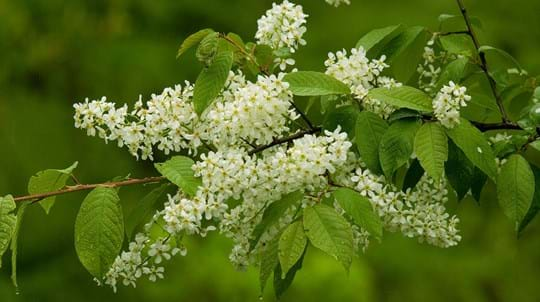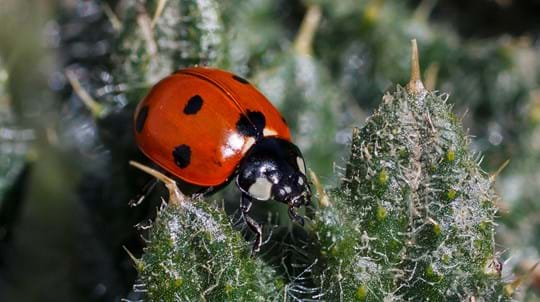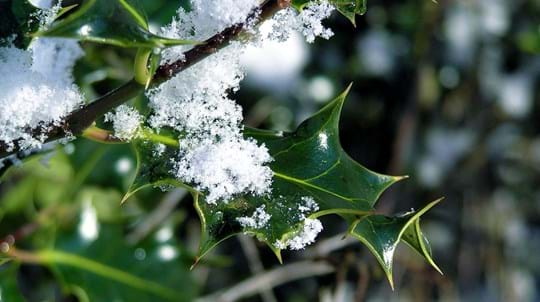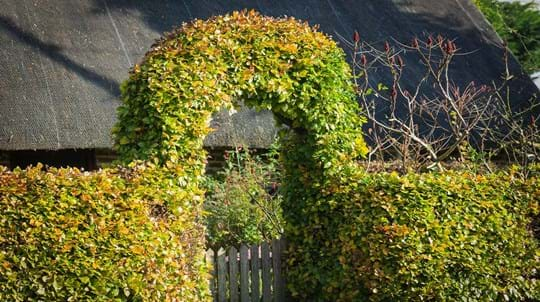
Blog
How to make a butterfly house: a step by step guide
Rachel Hoskins • 12 Jul 2019

Content manager
Nature creates a spectacular display in autumn as leaves turn vivid shades of yellow, red, orange and green before falling from the trees. Once they reach the ground, they can be put to great use in the garden, or turned into beautiful decorations and gifts as autumnal craft projects for adults and children alike. Here are our top 10 things to do with autumn leaves.
Offer your surplus leaves to family and friends or list on a marketplace site before consigning them to garden waste – gardeners will be especially keen to take them off your hands!
Soak leaves in glycerine mixed with water for 2-4 days to preserve them and make them last longer.
Creating a seasonal wreath like this one is quicker and easier than you might think - it only took me about 40 minutes. Remember that the bowl you use will determine the size of the finished wreath.
Experiment with leaves of different sizes, shapes and colours to find designs you like.
Create your own unique lighting with an autumnal jar that can be used for fairy lights or as a candle holder. It’s quick and easy to make but so effective and can be a lovely gift too.
This autumn leaf suncatcher is simple to put together but looks wonderful when the sun shines through it. Arranged well, your leaves can look like a work of art even on rainy days! Go for a minimalist look with two or three leaves from the same tree or pack in lots of colours and shapes for extra impact.
If you don't have a glut in your garden, look out in streets and parks near you or ask your neighbours. Still can't find any? Make your own from paper!
Smaller leaves work really well for this project - look out for bright field maple, hawthorn and silver birch leaves.
Keep the kids occupied with 11 leaf crafts that are all child-friendly!
One of the simplest and most useful things to do with fallen leaves is to make a pile in an unused area of your garden for wildlife. This warm, safe space can provide crucial shelter for a variety of species through winter, including caterpillars, ladybirds, toads and hedgehogs. This leaf litter is also important food for fungi and all kinds of minibeasts, from spiders to centipedes.
Evergreen leaves take longer to break down than those of deciduous trees, so it's worth putting them in separate piles if you have both.
Its name might not sound very appealing but leaf mould is garden gold. As well as improving the structure and water retention of soils, it attracts organisms that boost soil health.
Making leaf mould is easy, with no turning or mixing needed - just gather your leaves into a wire container or bag with air holes and keep them damp, adding more water as they dry out. Leaves from native trees like ash, birch, cherry and oak are among the fastest to decompose - in 6-12 months, the crumbly, compost-like material will be ready to dig into your soil, use for mulching or add to potting mixes.
For faster results than making leaf mold, simply shred leaves and apply them straight to your beds and borders as a mulch. Mulching is great for the garden, helping to protect plants from the elements, suppress weeds, retain soil moisture and keep worms - a gardener's best friend - safe from hungry birds. A natural mulch like fallen leaves will improve soils too, returning nutrients to the ground as they break down.
Leaves should be shredded to allow some air and water to get through to soil and plants. Add a layer of shredded leaf material 2-3 inches thick, avoiding plant stems.
Another quick and easy way to dispose of an abundance of fallen leaves is to add them to your compost bin or heap. Moist leaves are a great brown material to combine with fresher green materials for homemade compost. Mixed together and turned once a month to let air in, you'll have nutrient-rich compost for your garden in no time.
Take care not to add too many leaves at once if you don't have enough green material to balance it out. Just store the extra leaves nearby and add them when needed.
If leaves are falling straight onto your lawn, you can simply mow over the top of them. This doesn't just solve the issue of excess leaves - it's actually good for the lawn. The mower chops them into small pieces so they can slide between the blades of grass and decompose back into the soil, adding nutrients for a healthy lawn through winter and into spring. Only mow when dry and before too many leaves accumulate though - leaving soggy material or a thick layer of chopped leaves sitting on your lawn will have the opposite effect.
Our wildlife-friendly range has something for every garden, all delivered to your door.
Browse the shop
Blog
Helen Keating • 08 Nov 2021

Blog
Charlie Mellor • 16 Apr 2024

Blog
Kate Lewthwaite • 04 Nov 2020

Blog
Charlie Mellor • 26 Jun 2020

Blog
Helen Keating • 23 May 2023